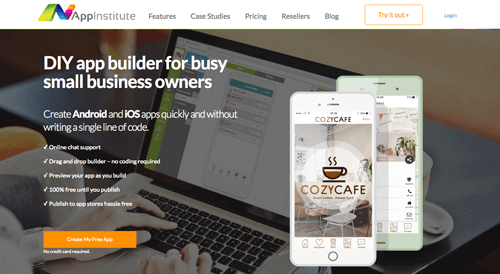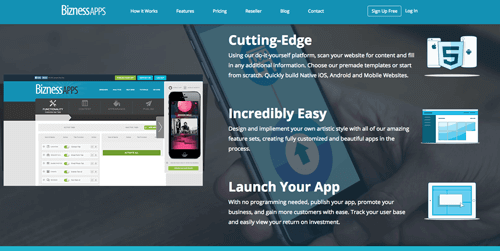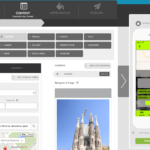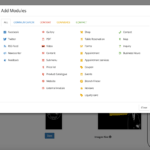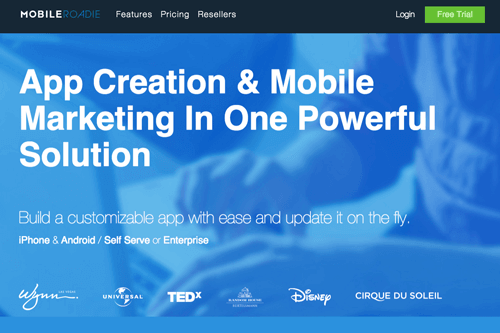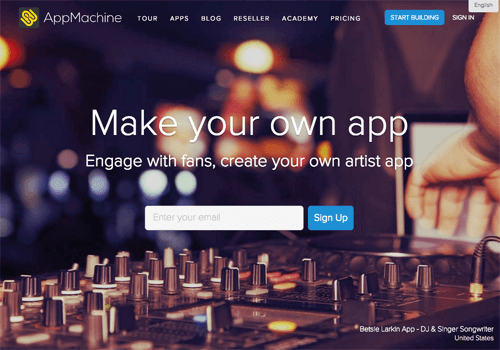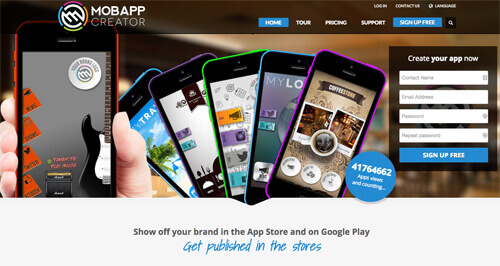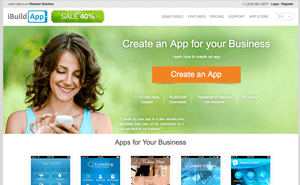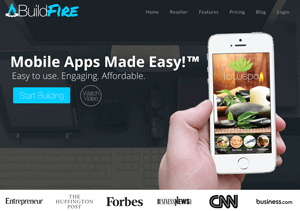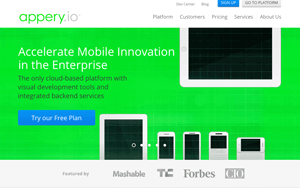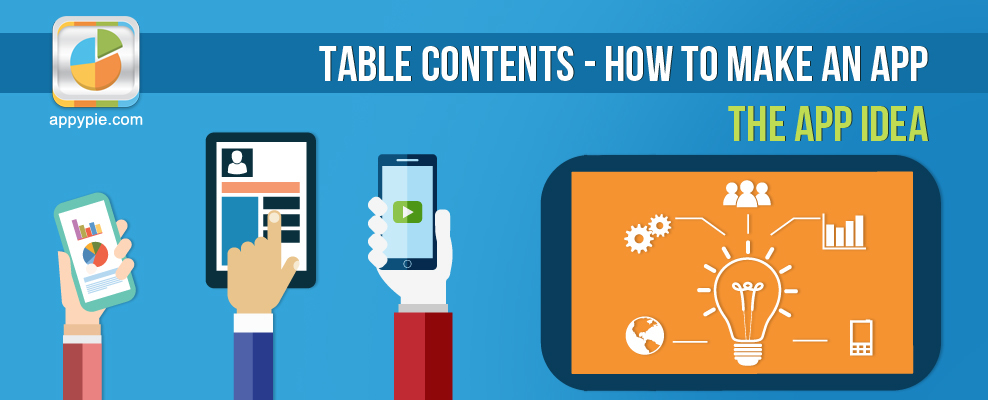
1) How To Make An App: The App Idea
1.1 Categorizing Your App Ideas
1.2 Moving From Ideas To Models
1.3 Identify The Goal
1.4 Summary Of The App Idea
2) How To Make An App: App Idea to Paper
2.2 The IF-THEN Mindset In App Design
2.3 Example Of IF-THEN Thinking In App Design
2.4 Leveraging App Wireframes For Continuous Improvement
2.5 A Common Pitfall That You May Face… And How To Easily Avoid It
2.6 Using Outside Help To Build An App – The Pros and Cons
2.7 Summary Of App Idea To Paper
How To Make An App: The App Idea
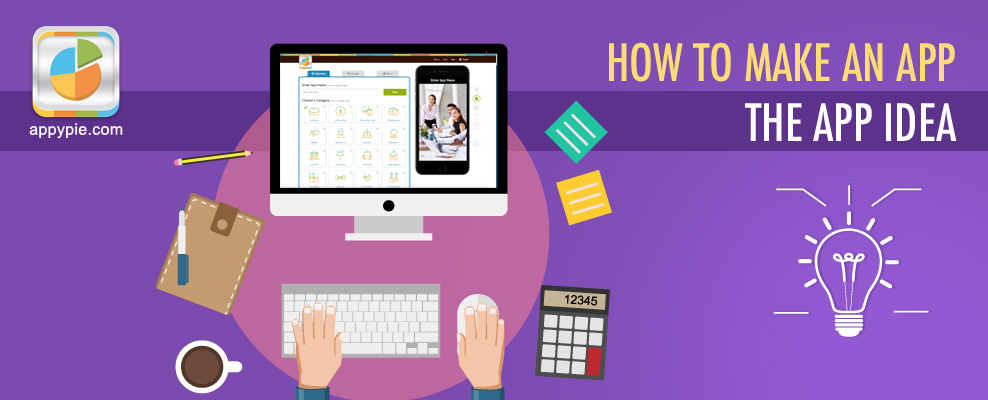
You might get surprised, but you’re generating thousands of ideas every day. The most of those ideas are focused to solving daily life problems. But most of us don’t realize that our ideation potential can also be solution for other people’s problems.
Now you know, you have ideas, but it’s time to identify the good and the great ones. In general, any idea that can solve a problem is a good idea.
But what makes a great idea?
The most important part of creating amazing products or services comes up with most innovative ideas, and apps are no exception.
Your app idea is going to define the success of your app. Whether it is simple or complex, having a great idea is the only thing that can keep you in the race.
You should never forget that most successful entrepreneurs have built their business through multiple ideas. So don’t limit yourself to a single app idea.
Write down every single idea that pops into your mind. Find a few ideas that fall into each category or is there an app you’ve seen that you really like?
Categorizing Your App Ideas

Categorization is one of the most important parts of creating a successful mobile app. By categorizing your app idea means that you’ve got something innovative that will make your app a huge success.
Choosing the right category has a number of advantages. There are a number of things like download volume, how much money they make, and competition, which can vary greatly between categories.
Therefore, you should choose the best category for your app.
You can create apps for various purposes such as business, games, heath & fitness, education, medical and many other depending upon your interest. When you first come up with an idea, it’s important to clarify which category your idea is in.
Choosing the right category will make all the difference!
Moving From Ideas To Models
There are people who think that once they have an app idea they should start building app without analyzing its revenue model.
But, before start building an app you should know “What You Want from App?” Knowing the purpose for creating an app will help keep you focused on the long-term. Because, it is more for a business than passion.
Undeniably, creating apps starts with ideas, but you need to plan strong models to make your dream come to a reality.
Identify The Goal
Every idea must have an end goal. There are many people who start business without setting goals and end up wasting thousands of dollars. So, setting goals and objectives for your app is important to determine its growth.
Identifying the goal of your app can be done before you spend even a dollar.
What you need to do is recall an app idea, which you’ve had at some point. Then pick up any app in the market and analyze what actually it is doing. You will have an idea of its business model.
Now, you need to define your app goal whether you want to use it to make passive income, sell it to a big company, make your life easier, etc.
Summary Of The App Idea
So let’s have a quick look what you have done so far…
- You have a new idea for your app
- And you know why you want to translate this idea into mobile app
- The Idea (DONE)
- App Idea To Paper
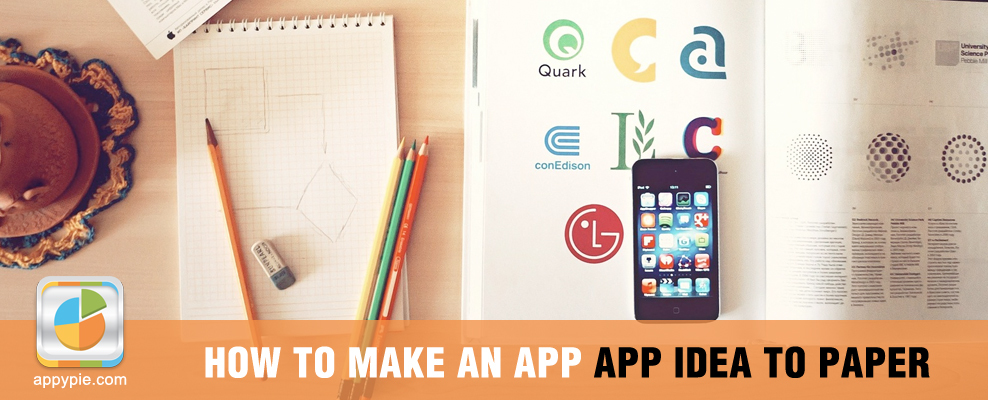
If you’re overwhelmed and have too many questions, like how will I build an app? Or can I really learn how to make an app? etc. Then, stay right here with us. We are going to help you with everything.
Here you need to realize that you’ve already decided the purpose of your app. That’s great. Now we’re going to talk about what happens after you decide on an idea.
Just start putting your idea on paper as precisely as possible. You don’t need to be an artist, if you know how to draw basic shapes you are good to go. It might look unprofessional, but it doesn’t really matters.
There are too many benefits of putting your idea on paper, including-
- You can show it to your friends who might give some suggestions or help you refine it
- Once your app idea is one paper, it becomes physical
- Getting your ideas down on paper means you need to look ahead, and decide future course of action
What You Need for a Mockup or Wireframe?
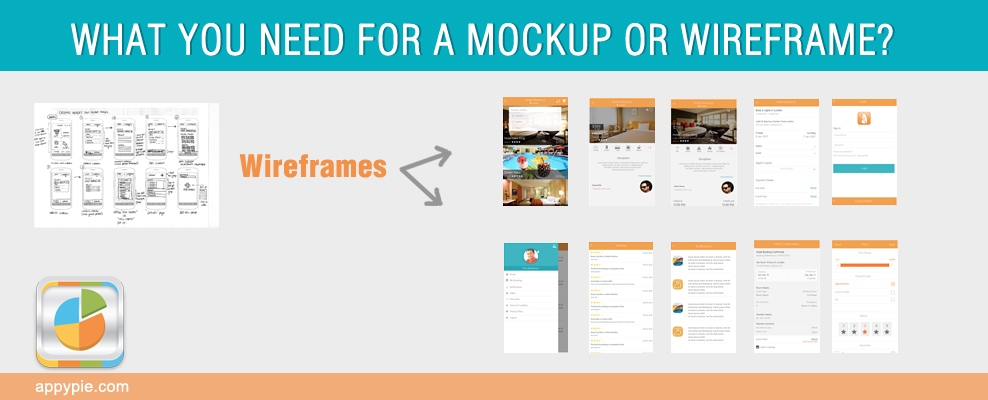
A Mockup or Wireframe will help you represent the skeletal framework of your mobile app in the most organized way. Using wireframes, you can give basic design to your app and pass it to someone for reviewing.
You won’t face any problem in using wireframe as it is as simple as anything could possibly be.
Here are a few examples that we’ve done for you-
The IF-THEN Mindset in App Design
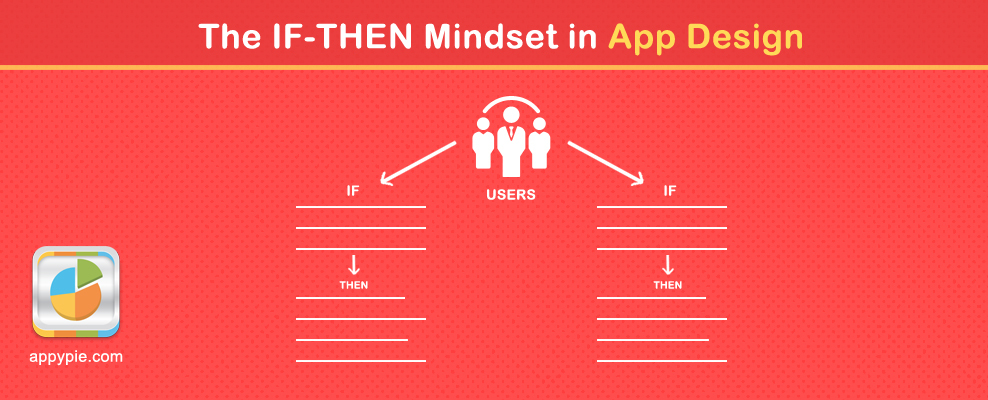
This is one of the most crucial factors that will help you make your app a huge success. Having if-then planning is really a powerful way to achieve any goal in your life.
Though your idea is built on creativity and innovation, but programming is not. The uniqueness of code is less important than your vision behind creating an app.
If your developer didn’t understand your vision, you’re going to get a lot of questions and probably a bad experience.
So, while designing your app, you must have if-then planning ahead. For example, “IF someone presses this button, THEN this happens”. And, the best way to represent it is with an arrow, pointing the direction.
Example of IF-THEN Thinking in App Design
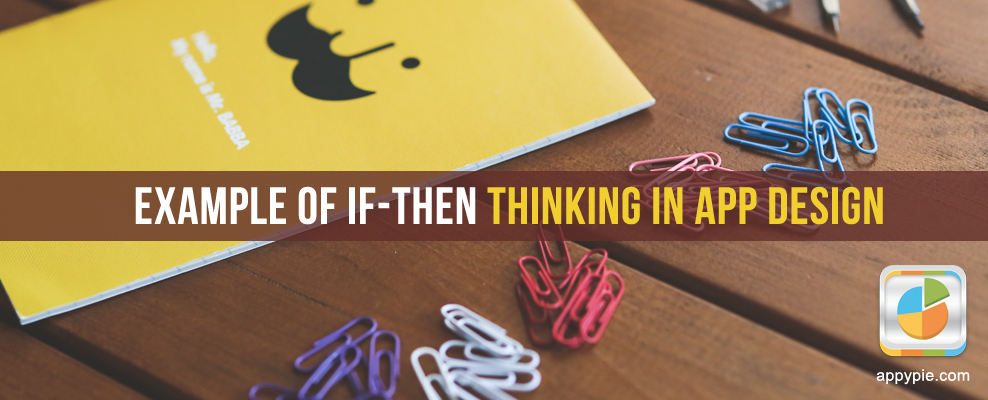
If anyone opens your app, IF he/she Presses “Music” Then they must be brought to a screen that shows them how to play the music.
Adding such features means you are creating a meaningful conversation with your users. You should not include every possible feature in your app. Focus on some selected features and make them your core business.
Start small and scale up over time as per your customer requirements.
Now you need to understand-
“What is IF-THEN process?”
- It is a way to think about an action happening
- One action leads to another
- IF you start shouting, THEN I would put in ear plugs.
An example might be “IF I want to buy a car” “THEN I’ll be checking reviews and comparing between different models OR I will visit a nearest dealer to know more about the car and its features.”
Leveraging App Wireframes for Continuous Improvement
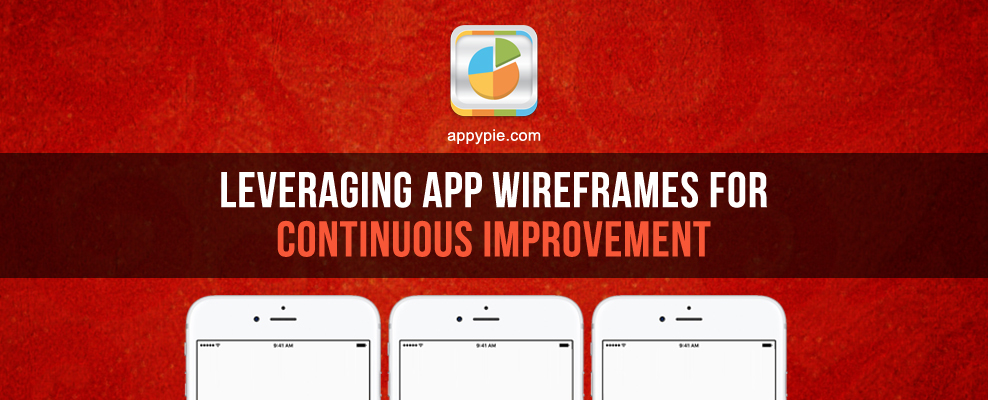
There are many benefits of creating wireframes for your mobile app, including if you want to get opinions from people (usually family or friends).
After sending wireframes, you need to tell them the basic purpose of your app. After a few days, you should follow-up and ask them if the app idea makes sense to them and can it attract more users or not.
After getting feedback from them, you can update your wireframe and send to more people for more suggestions. This is one of the most effective ways to have some great as well unique features for your app.
A Common Pitfall That You May Face. And How to Easily Avoid It

With so many suggestions and comments, you can be overwhelmed. We’re sure that you have too many suggestions which you really can’t do alone. Here comes app developers. Now, you think that your developers can fill the gaps in your wireframe for you.
That’s normal, but you shouldn’t assume that your developers will do all for you.
During development phase, you need to pay careful attention to your dream app by putting in the extra hours to build out the detail. Unless you have specific skills, you shouldn’t hand over the control to the developers. It doesn’t mean you don’t trust your development team, it is a simple fact that they are not going to think the way you can think for your own app.
However, you need not to worry-there are ways to make sure that doesn’t happen to you:
- When you send your previously created wireframe to your developers ask them to send back questions
- Ask them for minimum three suggestions that can make your app better. This will force them to closely analyses your app and have more insights. It is a good exercise to make your app unique and functional
- Also you need to ask them for three probable problems that they see in your app
Using Outside Help to Build an App – The Pros and Cons
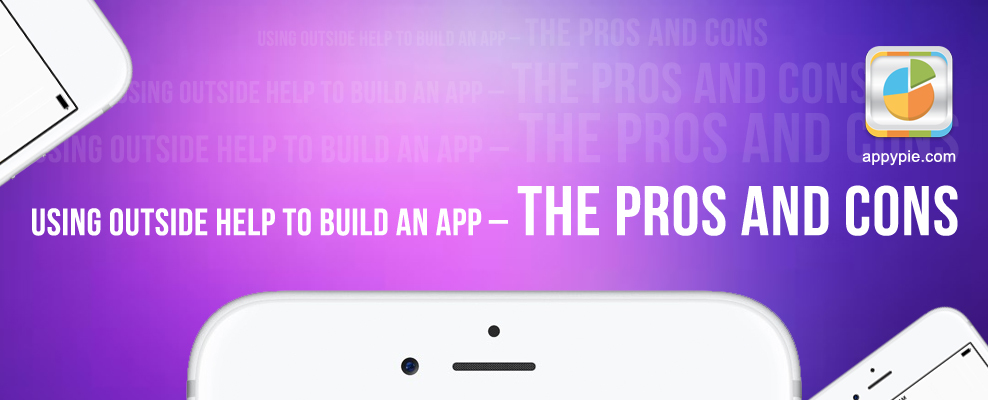
There are too many app development companies that can help out with this process. They will thoroughly discuss your app vision and can turn your ideas into a real mockup.
Pros
Once you’ve handled all the details, you need to sit back and approve everything as it goes. This way, you don’t need to know everything about how to make an app.
Cons
This is going to cost you much more than you thought about before. And, it is impossible for third party to get your idea exactly how you want it.
Thus, don’t take the easy way. Try hard and put in the effort to how to make an app. Doing-it-Yourself is the best option to make your dreams come true.
Summary Of App Idea To Paper

At this point, you’ve taken your idea and…
You set a goal for your app.
You brought that idea into the real world.
Yes!
With the proliferation of smartphones and mobile devices, the mobile app market has grown massively. There are a millions of mobile apps available for download on leading app stores, like Apple App Store, Google Play Store, Amazon App store, etc., and in a variety of categories. The vast majority of app owners have been making good money from their apps and some of them are even building thriving businesses. Industry experts predict that app economy will have impressive growth worldwide over the next few years.
NEXT PHASE
Learn How to make an app in 3 easy steps: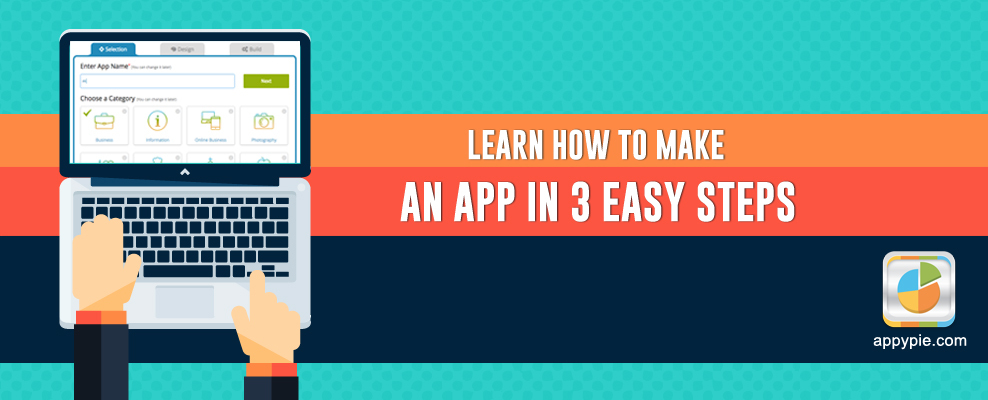
Step 1. Choose a design template: Customize it to fit your needs
Step 2. Add your desired features: Create an app that reflects the right image for your brand.
Step 3. Publish your app: Push it live on Android or iPhone app stores on-the-fly.
Now that you have an app, Lets talk about different models of generating revenue from mobile applications including paid applications, in-app purchases, advertisements, affiliate programs, and many others. To ensure this resource generate long term revenue, app owners need to select appropriate model that suits the nature of their app. Here are discussed two widely recognized ways of making money with an app.
In-App Purchases
In-App Purchases has evolved as a beneficial way to earn good revenue through apps. The in-app purchase feature allows the sale of digital products within a specific application. Majority of app creators or developers use special tools and resources to improve the functionality of in-app purchase feature in order to make selling process far smoother. IAPs can be added into apps in several ways depending upon your requirements.
According to best available data, the In-App Purchase (IAP) has become the greatest revenue driver for app owners. There are thousands of apps that are making billions of dollars with in-app-purchase feature.
Ads
Ads are also one of the most effective and easiest ways to earn revenue through apps. App owners can subscribe to ad networks and showcase banner, interstitial, or video ads to the users on their apps, and drive a good chunk of revenue through it. There are a number of mobile app monetization networks, including AdMob and MobFox, which helps app owners maximize their revenue from ads.
So, if you have a great idea, you can now shape it into an app with the world’s leading drag-and-drop app builder, Appy Pie. With Appy Pie, you can also make money by simply advertising your app among a wide audience group. You can even monetize your app through ads, or earn money through In-App purchases done by the users. So promote your app with Appy Pie and enjoy recurring revenue for years to come.
Build “Free” and “Paid” versions of your apps.
Have a paid version of your app with exclusive content that isn’t available in the free version. When you update your apps, update the paid version first.
The goal is to use the free version to attract users and get them “in the door,” with the hope that if they like the app, they will graduate to the paid version, either as a way of rewarding you for an app they like, or to gain access to the additional “premium” features in the paid version.
A common approach is to build a free version with ads, and offer a paid version with all ads removed, but Android users have become accustomed to seeing ads and this may not be enough of an incentive on its own.
Provide unique content
One way to succeed in the market is to provide content that isn’t available anywhere else.
This is especially true if you have knowledge or expertise in an area that others could benefit from. In this case the content that you create is the real product that the user is paying for (or that they are viewing so that you get paid by showing advertising).
The idea is that your app is just a vehicle for people to access your content.
Create more than one app.
One way to make a lot of money from apps is to make a little bit of money from a lot of apps. By taking advantage of how easily you can make an app using Andromo, you can multiply small successes into an overall larger success.
Making several apps can also be a good way to determine which ideas to focus on. In other words, keep trying until you find something that works. The more apps you make, the more chances you have that one of them will be successful.
Before you start spamming the market with quick apps, keep in mind how many other apps are out there; it is worth putting care and effort into your apps so they will stand out and be noticed. Remember that as you release apps, you are building your reputation as a developer.
It’s also worth considering that it takes some effort to maintain each app over time: building new versions to benefit from bug fixes, removing outdated content, taking advantage of new features, etc. Although it is possible to retire apps eventually, you will probably want to update most of your apps from time to time.
Cross-promote using free apps.
Use free apps in popular categories that are more difficult to monetize (such as wallpaper) to promote other apps that are easier to monetize.
This cross-promotion can take several forms. The most obvious approach is to simply include a direct link to the other app’s market page. This is especially effective if the promotional app is related to the app you’re trying to promote — for example, if it contains wallpaper photos that relate to the same subject as the other app.
Another approach if you’re showing ads in the app is to use house ads. House ads are simply your own ads that you arrange to be shown in your app by the advertising network (such as AdMob).
A third way that cross promotion can occur is relatively automatic: when someone views the store page for one of your apps, and they are shown a list of your other apps — for example, the “More from developer” section in Google Play. This is especially likely if the user has already tried your app and liked it. This kind of cross promotion is a good way to help your apps be discovered when there are many competing apps in the same category. It serves as an automatic filter for anyone who happens to browse one of your apps.
Make your app snackable
Many apps end up being used during brief moments between activities, or while waiting for something to happen (such as waiting in line). Making your app snackable means making it enjoyable to use in those short 2-5 minute bursts of time.
If your app contains content that can be consumed in bite sized chunks, it is much more likely to be used during moments that call for a quick distraction.
This isn’t to say that you shouldn’t make “meatier” apps that the user can engage with deeply, but rather that you should think about whether your app lends itself to being enjoyed in smaller bites.
Consider arranging your app so the user can easily pop into it for a moment if you think it is something the users would want to use that way.
Keep your app up to date
It’s important to keep releasing updated versions of your app.
At the very least, having a recent update to your app will help show that the app is current and that it is being actively supported. (The date of the most recent update is shown on each app’s Google Play store page.)
Updates are also a good way to give your app a slight “bump” in the eyes of the user. A notification is shown whenever an update is available for an app that is installed on a user’s device, or if automatic updates are enabled, when an app has recently been auto-updated. This notification gives the user a gentle reminder that your app exists, and might prompt them to try out the new version and see what changed.
Make sure you follow this blog and @andromorocks so you always know when Andromo is updated. An update to Andromo is a perfect opportunity to put out another version of your app, as it brings new features or fixes that you can include in your app just by rebuilding it.
You should also monitor your app’s reviews for ideas and suggestions, in case there are changes you can make to improve your app based on user feedback. The best way to show your users that you value their feedback is to quickly put out updates based on their suggestions — and that kind of speedy reaction time is something you can achieve more easily than most developers by taking advantage of Andromo.














